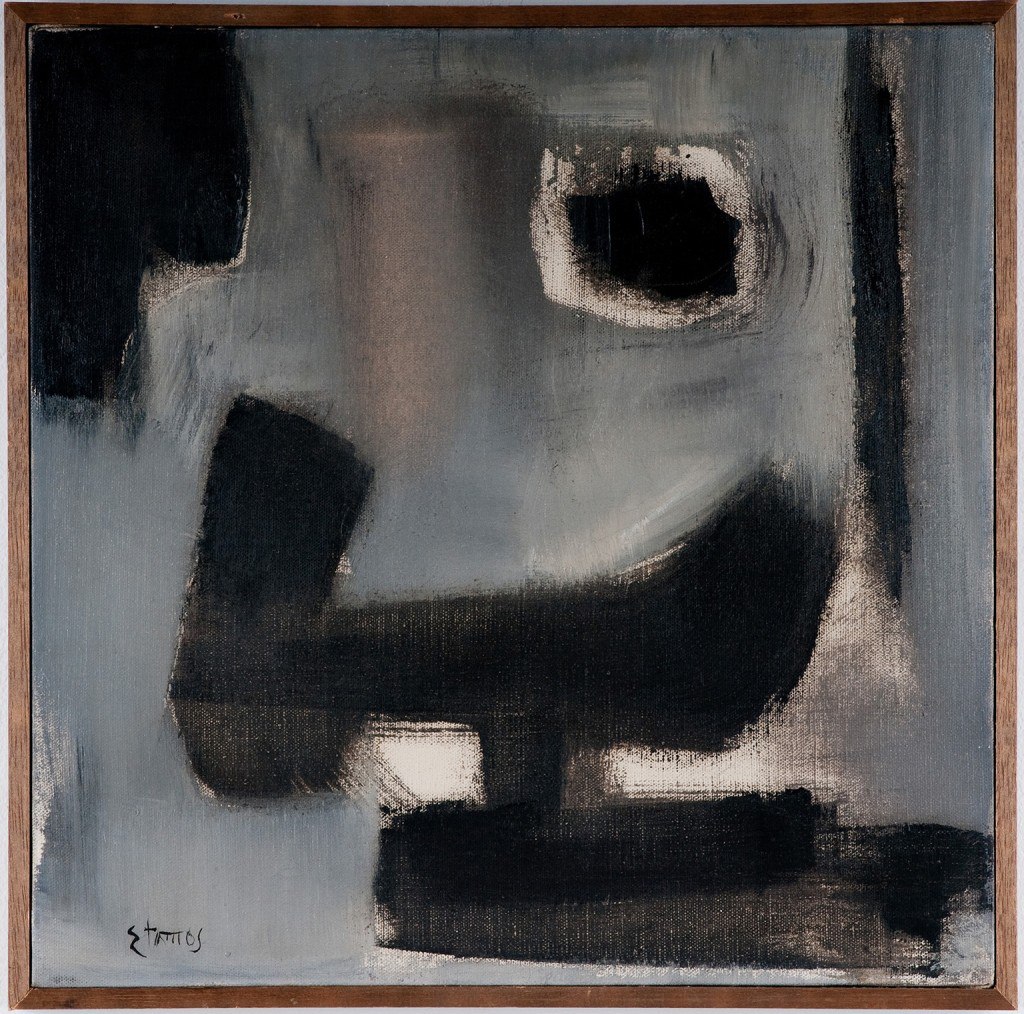
Berkshire Morning
- Theodoros Stamos (American, 1922-1997)
Born of Greek immigrant parents, Theodoros Stamos was awarded a scholarship to study sculpture at the American Artist’s School in New York. He switched his pursuits to painting in 1939 but never studied it formally. He ran a framing shop in New York from 1941 to 1948, and there had the opportunity to meet several famous or rising artists, such as Paul Klee, Ferdinand Leger and Arshille Gorky. His first one-man show was at Betty Parsons Gallery in 1943, a year in which he met Adolph Gottlieb and Barnett Newman. He later met other Abstract Expressionist artists Mark Rothko, Kurt Seligmann and Mark Tobey.
Stamos’ works of the 1940s were similar to those of other Abstract Expressionist artists: with references to Jungian and Freudian theories regarding ancient and primitive mythology. This near-abstract style of painting evolved into pure abstraction by the late 1940s, and prompted Stamos’ membership (he was the youngest) in The Irrascibles, a largely protest-oriented group of fifteen painters that included Jackson Pollock, Barnett Newman, Willem de Kooning, Robert Motherwell, Mark Rothko and Clyfford Still.
In 1950, Stamos assumed teaching positions at Hartley Settlement House and at Black Mountain College in North Carolina. From 1949 to 1952, he worked on the Teahouse series of paintings – the series to which this painting, Berkshire Morning, most likely belongs. The Teahouse series is characterized as containing the flattening of form and simplification of space – a process that virtually every Abstract Expressionist painter underwent during the late 1940s and early 1950s. Berkshire Morning, with its stark, neutral color and magnification of the brushstroke, represents a seminal period of marked change and growth in Stamos’ lengthy, respected career.
